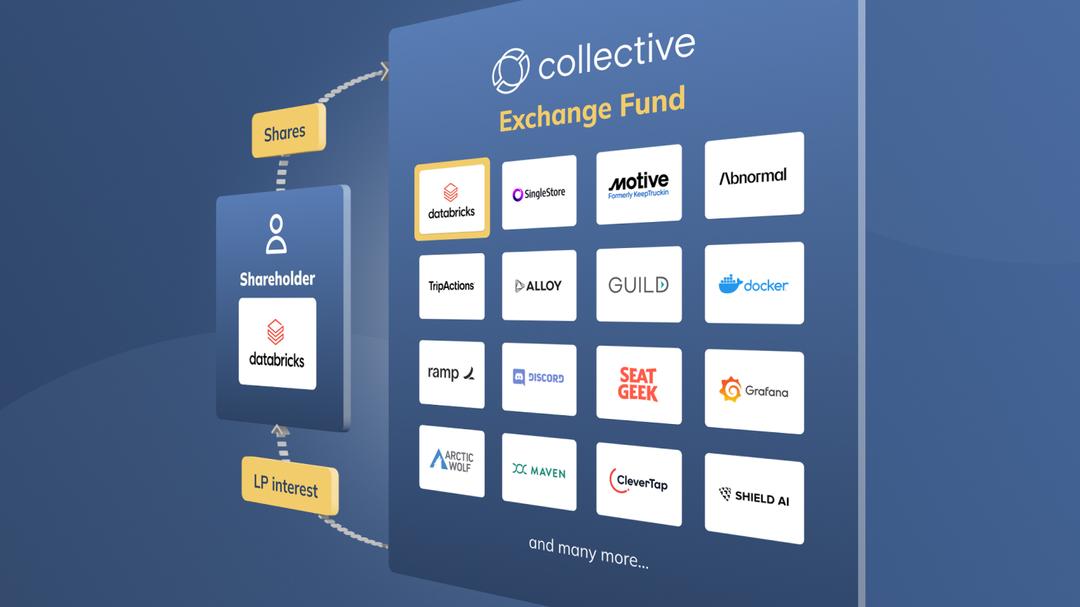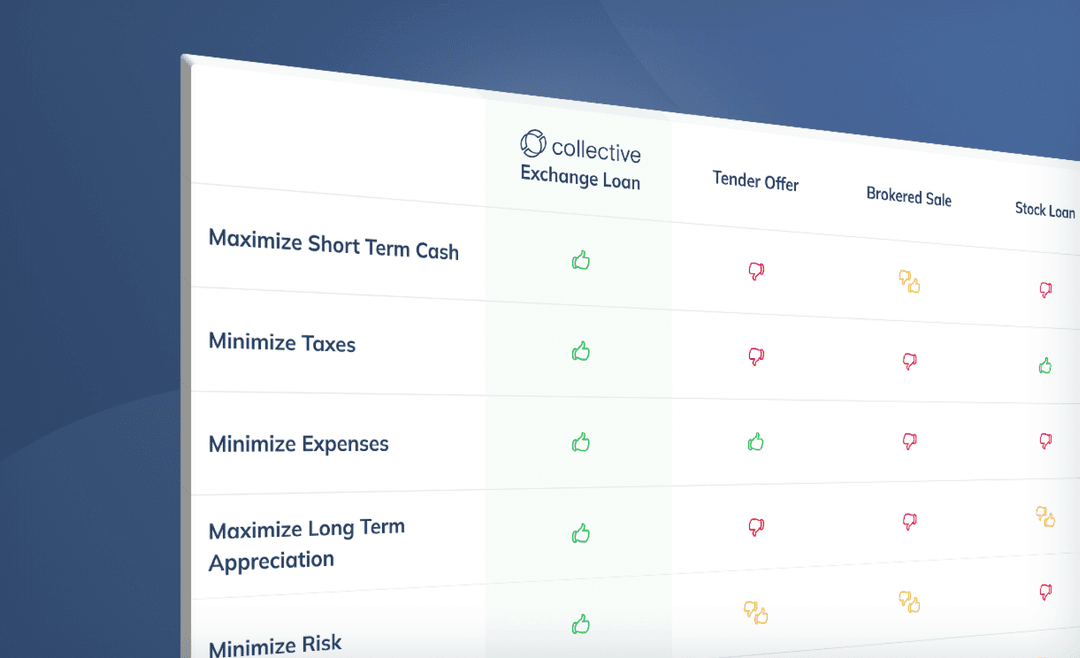“It is the part of a wise man to keep himself today for tomorrow, and not venture all his eggs in one basket.”
Don Quixote, Miguel de Cervantes
It has long been understood by wealth advisors and other finance professionals that exchanging a single stock for a basket of similar stocks reduces financial risk. Why is this the case? It’s because risk is generally measured by volatility[1] in the value of the asset. The more volatile the asset is, the riskier it is. When you own a single stock, your financial outcome is entirely determined by its value.
Diversified portfolios, however, are much less impacted by a reduction in the value of any one company. Typically, some companies in the portfolio are increasing in value, offsetting losses in those that are declining. The volatility of the portfolio is much less than the volatility of any single stock in the portfolio.
How much less volatile depends on the degree to which stocks in the portfolio are correlated (i.e., the degree to which their returns move together). If all the stocks were perfectly correlated, which would be a correlation of 1, there would be no benefit to diversification. Conversely, if the correlation between the portfolio companies is 0 then the change in the value of any one company would tell you nothing about what’s happening to the value of the rest of the portfolio, and you would have the maximum diversification benefit.
In making our statement that exchanging your shares into the Collective Exchange Fund cuts your financial risk by more than half, we assume that: (1) the annualized volatility of the individual stocks in our Eligible Companies is 108% – this is based on the historical performance of sample companies in the portfolio and is in keeping with industry norms[2] and (2) the correlation between the portfolio companies is .35 (which is the correlation between the Nasdaq 100 companies) and (3) our portfolio consists of 100 equally weighted constituents. We also accounted for the fact that the Exchange Fund holds other less volatile assets (i.e., cash and real estate).
The result is that, while we estimate each individual portfolio company’s stock has an annualized volatility of 108%, the portfolio as a whole has a volatility of just 42%.[3] Put another way, we expect that holding the portfolio would be 62% less risky than holding a single stock in the portfolio.
[1] We define volatility as the annualized standard deviation of the returns of an asset calculated from the daily changes in asset prices.
[2] Gornall, Will and Strebulaev, Ilya A., Squaring Venture Capital Valuations with Reality (Dec 2, 2019). Journal of Financial Economics (JFE). Cochrane, J. H., 2005. The risk and return of venture capital. Journal of Financial Economics 75, 3–52. Korteweg, A., Sorensen, M., 2010. Risk and return characteristics of venture capital-backed entrepreneurial companies. Review of Financial Studies 23, 3738–3772.
[3] Portfolio Volatility is defined by the following formula:
Where σi is the volatility of an individual asset, wi is the weight of an asset in the portfolio and ρi,j is the correlation coefficient of two assets in the portfolio. Plugging in our assumptions for individual volatilities, portfolio weights and correlations we arrive at the result of 0.42 for portfolio volatility.
IMPORTANT DISCLOSURES
This information relating to the Collective Exchange Fund, LP (the “Fund”) has been prepared solely for informational purposes, is not complete, and does not contain certain material information about the Fund, including important disclosures and risk factors associated with an investment in the Fund, and is subject to change without notice. It does not constitute an offer to buy or sell an interest in the Fund, nor shall there be any sale of a security in any jurisdiction where such solicitation or sale would be unlawful.
The Fund’s limited partnership interest will not be registered with the U.S. Securities Exchange Commission or other regulatory authority. Investors will be required to verify their status as an “Accredited Investor” pursuant to Rule 501 of Regulation D to participate in any offering of the Fund’s limited partnership interests. No securities commission or regulatory authority has recommended or approved any investment or the accuracy or completeness of any of the information or materials provided by or through Collective Liquidity, Inc. or Collective Asset Management, LLC (collectively, “Collective Liquidity”).
Limited partnership interests in the Fund are not insured by the FDIC and are not deposits or other obligations of Collective Liquidity and are not guaranteed by Collective Liquidity. Limited partnership interests in the Fund are subject to investment risks, including possible loss of the principal invested.
Prospective investors should consider the investment objectives, risks, fees and expenses of the Fund carefully before investing in the Fund. This and other important information are contained in the Fund’s Confidential Private Placement Memorandum (“PPM”), which can be obtained by contacting Collective Liquidity.
Investment in the Fund involves substantial risk and any offering may only be made pursuant to the relevant PPM and the relevant subscription application, all of which must be read in their entirety. No offer to purchase securities will be made or accepted prior to receipt by the offeree of these documents and the completion of all appropriate documentation. The Fund intends to primarily invest in securities of private, late-stage, venture-backed growth companies. There are significant potential risks relating to investing in such securities. The Fund is not suitable for investors who cannot bear the risk of loss of all or part of their investment. The Fund is appropriate only for investors who can tolerate a high degree of risk and do not require a liquid investment. The Fund has no history of public trading and investors should not expect to sell limited partnership interests in the Fund. No secondary market exists for the Fund’s limited partnership interests, and none is expected to develop. The Fund has a limited operating history, and its performance is highly dependent upon the expertise and abilities of its manager. There is no assurance that the Fund’s investment objectives will be achieved, and results may vary substantially over time. This is not a complete enumeration of the Fund’s risks. Please read the Fund’s PPM for other risk factors related to the Fund. Although the manager of the Fund will value its portfolio using the Private Market Valuation Algorithm, it can be difficult to obtain financial and other information with respect to private companies, and even where the manager is able to obtain such information, there can be no assurance that it is complete or accurate. Because such valuations are inherently uncertain and may be based on estimates, the manager’s determinations of fair market value may differ materially from the values that would be assessed if a readily available market for these securities existed.
The information contained herein does not constitute a recommendation or advice by Collective Liquidity. You should consult your own tax, legal, accounting, financial or other advisers about the information discussed herein based on your specific risk profile and financial situation, including the suitability of an investment in the Fund, with Collective Liquidity, or any product offered or managed by Collective Liquidity.
Information contained herein has been obtained from sources believed to be reliable, but not guaranteed. No part of this material may be reproduced in any form, or referred to in any other publication, without express written permission.


